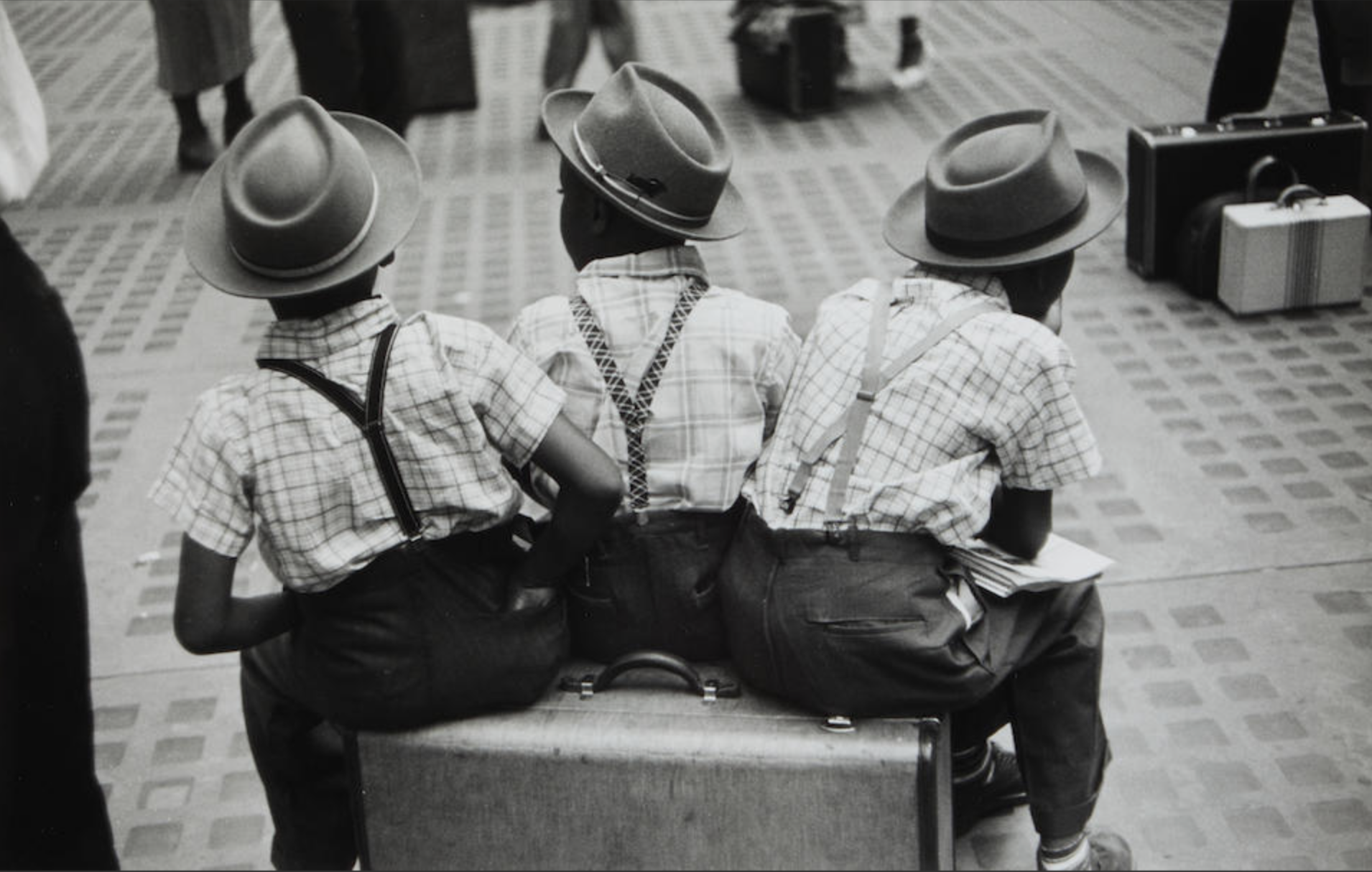Roger Mayne: ‘Please Take My Photo, Mister’
Hitting hard … Goalie by Roger Mayne. Photograph: © Roger Mayne Archive / Mary Evans Picture Library
The photographer Roger Mayne is best known for his images of children and young people on the streets of post-war London. (‘Roger Mayne: Youth’ is at The Courtauld Gallery, London until 1 September.)
Born in Cambridge in 1929, Mayne studied Chemistry at Oxford University, and it was there that he became interested in photographic processing. After National Service, he moved to London and found work as a freelance photographer for London magazines and book-jacket designers.
Between 1956 and 1961 Mayne took around 1400 images of the life on Southam Street on the northern edge of Notting Hill.
‘My reason for photographing the poor streets is that I love them, and the life on them.’
© Roger Mayne Archive. Mary Evans Picture Library 2021
With dirty hands and tousled hair, kids climb through ruined buildings and run around graffitied bombsites. ‘MS is Mad,’ ‘QPR’, ‘God Save the Queen.’ In knitted cardigans and tank tops, in short trousers and gingham skirts, they congregate on doorsteps and at street corners, playing games, planning adventures. Mingling with the other kids, there are a few children from the recently arrived West Indian community. A boy in a blazer dives desperately to save a goal. Two girls perform handstands against a corrugated iron fence. Another runs down the street in tears, clutching her arm.
The pictures are at once disturbing and uplifting. We witness the poverty, poor hygiene and everyday jeopardy of war-ravaged London. But we also see the timeless grace of children at play, their joyful energy and enthusiasm, their resilience and their lust for life.
The kids regard us with glee, curiosity, suspicion. Sometimes they are absorbed in their own world. Sometimes they perform for the camera.
'You used to get this cry, ‘Please take my photo, Mister’.'
Jive dancing on Southam Street, 1957 © ROGER MAYNE ARCHIVE
Mayne’s empathy with young people led to him being commissioned to provide images for the covers of child psychology and sociology books. Their titles still resonate today: ‘Children Under Stress’, ‘Black British, White British’, ‘Poverty: The Forgotten Englishmen.’
‘Photography involves two main distortions – the simplification into black and white, and the seizing of an instant in time. It is this particular mixture of reality and unreality, and the photographer’s power to select, that makes it possible for photography to be an art.’
Mayne went on to capture the emergence of the teenager on London streets. The subjects’ gaze becomes more assertive, occasionally sullen, challenging. There are frowning Teddy Boys in dapper Edwardian suits; self-assured Mods in sharp Italian tailoring; bohemian Beatniks twisting the day away at the Richmond Jazz Festival. A lass in a pleated skirt, sitting on her friend’s lap, silently sips her lemonade. Teenage girls in trousers conspire at the Battersea Funfair. Two young women shake hands on a Soho street, one glancing sideways with a furtive look. A girl jives on Southam Street.
In 1958 the Notting Hill area that had seemed so harmonious in Mayne’s earlier photos became the scene for race riots. The following year Mayne provided a shot for the cover of ‘Absolute Beginners’, Colin MacInnes’ celebrated novel about youth culture and simmering racial tension. We see a Mod couple on a deserted west London street. The man looks away from us towards his cream raincoated girlfriend. She crosses the road, hands in pockets, her head turned disconsolately towards the pavement.
Absolute Beginners (original book cover)
In reflecting on his craft, Mayne quoted the abstract artist Sir Terry Frost:
‘If you know before you look, you can't see for knowing.’
This sums up the open-mindedness with which Mayne approached all his work. And explains the truthful, haunting quality of his pictures.
In any creative or strategic endeavour, we must first set aside biases and assumptions, if we are properly to see what is really going on.
Although Mayne’s pictures have a timeless quality, capturing the essence of childhood innocence and youthful independence, they are also profoundly nostalgic. We are reminded of an era when city streets offered kids security, fresh air and friendship. Alas no more in this age of anxiety. Most of Southam Street was demolished in 1969 to make way for the Brutalist high rise apartment building, the Trellick Tower.
'I am the son
And the heir
Of a shyness that is criminally vulgar.
I am the son and heir
Of nothing in particular.
You shut your mouth.
How can you say
I go about things the wrong way?
I am human and I need to be loved
Just like everybody else does.’
The Smiths, ‘How Soon Is Now?’ (J Marr / S P Morrissey)
No. 484







































